Fifty seven new caves with a total length of more than 20km were recently found in Phong Nha – Ke Bang National Park in the central province of Quang Binh, Vietnam. It is the result of a month long expedition led by a team of 13 including cave experts from the British Caving Association, officials from Vietnam National University, forest rangers and local people. Most of these caves are located in the remote area with hilly topography, and hidden deep inside primary forests.
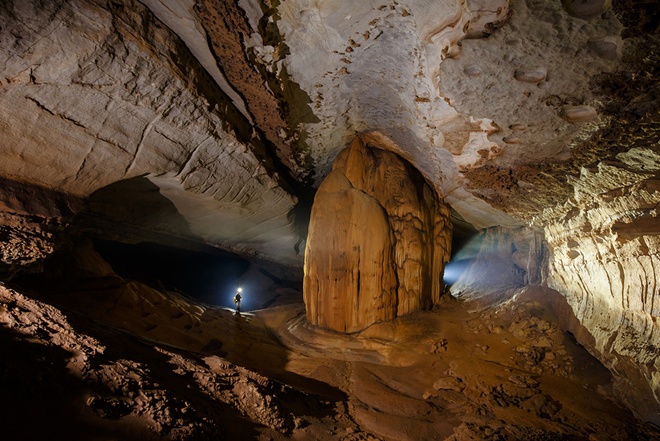
Of the newfound caves, Hoa Huong is the most notable one due to its special formation under what used to be a lake. The water is now gone but traces of strong currents are still visible on the cave’s walls and ceiling. Named after the husband and wife who helped with the discovery, the 2,876km long cave is believed to be about 5 million years old, making it the oldest of all caves discovered in the region. Most other caves are between two and three million years old.
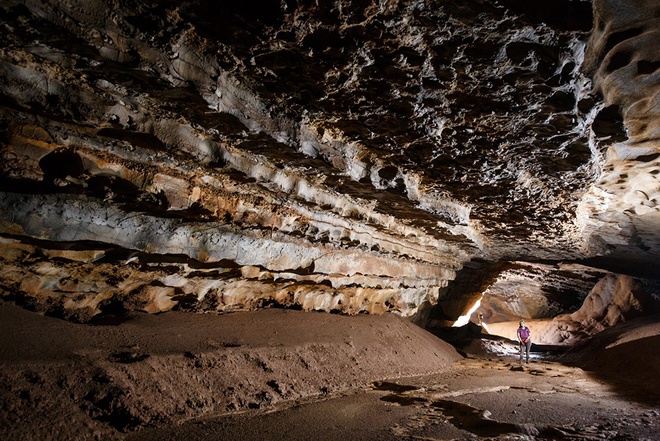

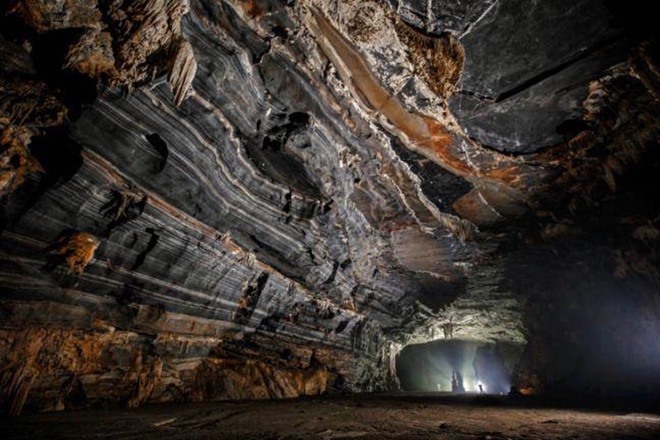

The team also discovered many caves with large dolines. The deepest doline is about 133m at Leo cave. Going inside these cave is a very dangerous job as it requires explorers have to use long ropes to go down. Some caves have underground rivers which are believed to be connected to those in Son Doong and En Cave.
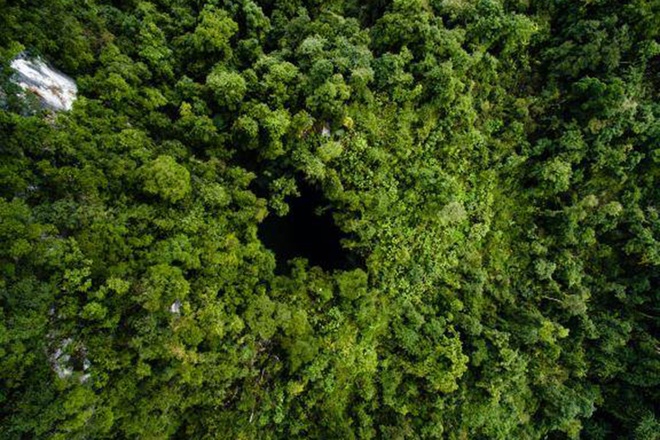
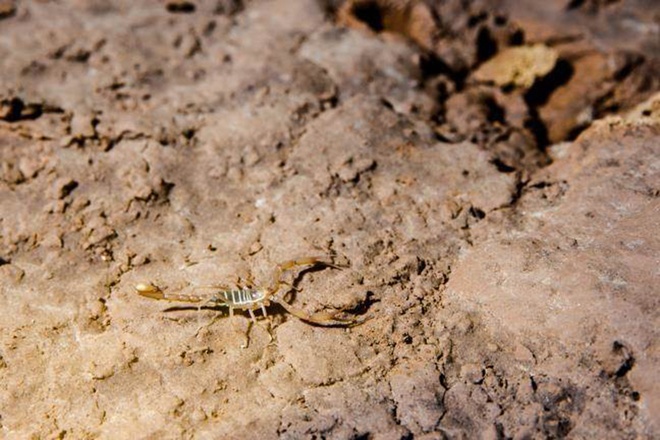
Many strange types of animals such as fish and crustaceans were found during this journey. They contain many valuable information for scientific research in geology, geomorphology and biodiversity in the Phong Nha – Ke Bang National Park.
This is the 17th expedition that the British Cavern Association took in the region since 1990. Up to now, more than 300 caves with a total length of over 200km, including the world’s largest cave of Son Doong, have been explored and surveyed.


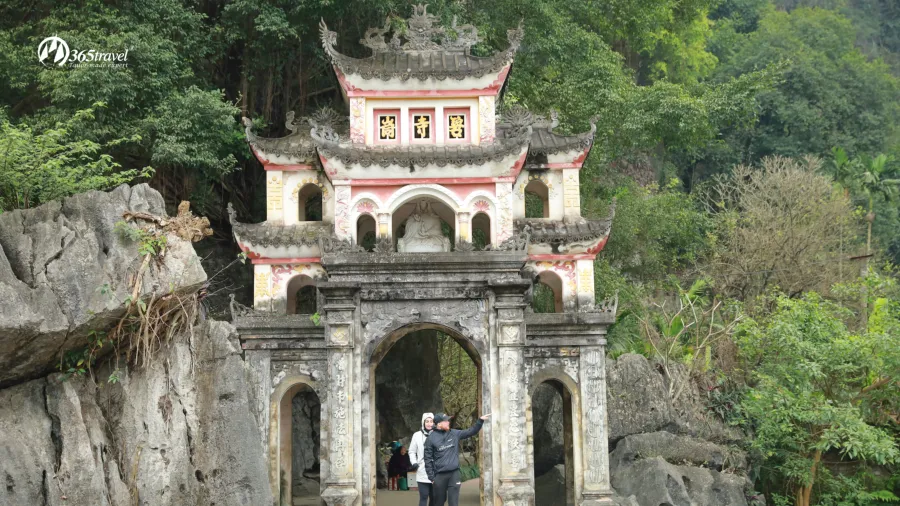



 17 Years of Experience & Expertise
17 Years of Experience & Expertise